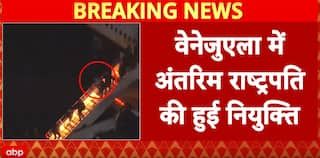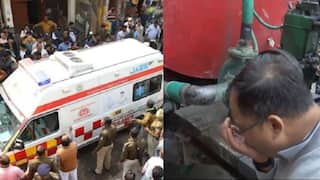Indian Army Resumes Patrolling In Demchok, Depsang Next At LAC
In less than two weeks since India and China reached a patrolling arrangement in the Demchok area and Depsang plains, the Indian Army began patrolling some of the key points at the LAC.

Days after India and China reached a patrolling arrangement, the Indian Army began patrolling at the Demchok area while the process is yet to start at Depsang plains, sources told ABP News.
The Indian Army and the People’s Liberation Army (PLA) began the disengagement process of their troops at the Depsang plains and Demchok area in the Eastern Ladakh sector of the Line of Actual Control (LAC)-- the de-facto border between India and China-- on October 21. The process was completed on October 31 when troops came back to their original positions along with their tents, vehicles and other infrastructure. Following this, on the occasion of Diwali, Indian and Chinese troops exchanged sweets at several border locations along the LAC.
In the Demchok, the Indian Army will now be able to access some of the key strategic points in the Charding-Ninglung Nala area. These are those areas that are claimed by India as its part of the LAC.
This is the first time an understanding has been reached pertaining to the patrolling Demchok and Depsang areas. However, the differing perception on where the boundary line will be demarcated in these areas particularly continues to remain, and therefore will continue to be considered as legacy disputes by the armed forces.
The Y-Junction area of the Depsang Plains, also called the ‘Bottleneck Area’, gives India access to five patrolling points (PP) – PP10, 11, 11A, 12 & 13. The Chinese had blocked the Army from patrolling in these points, but the blockade will be removed now, the sources confirmed.
With the completion of the disengagement process, both sides will now be focusing on de-escalation and, finally, de-induction of troops, for normalcy to return at the border. The move is seen as a significant development in the pursuit of reduced tension along the LAC, since the fierce clash in the Galwan Valley in June 2020 which marked the most serious military conflict between the two sides in decades.






































